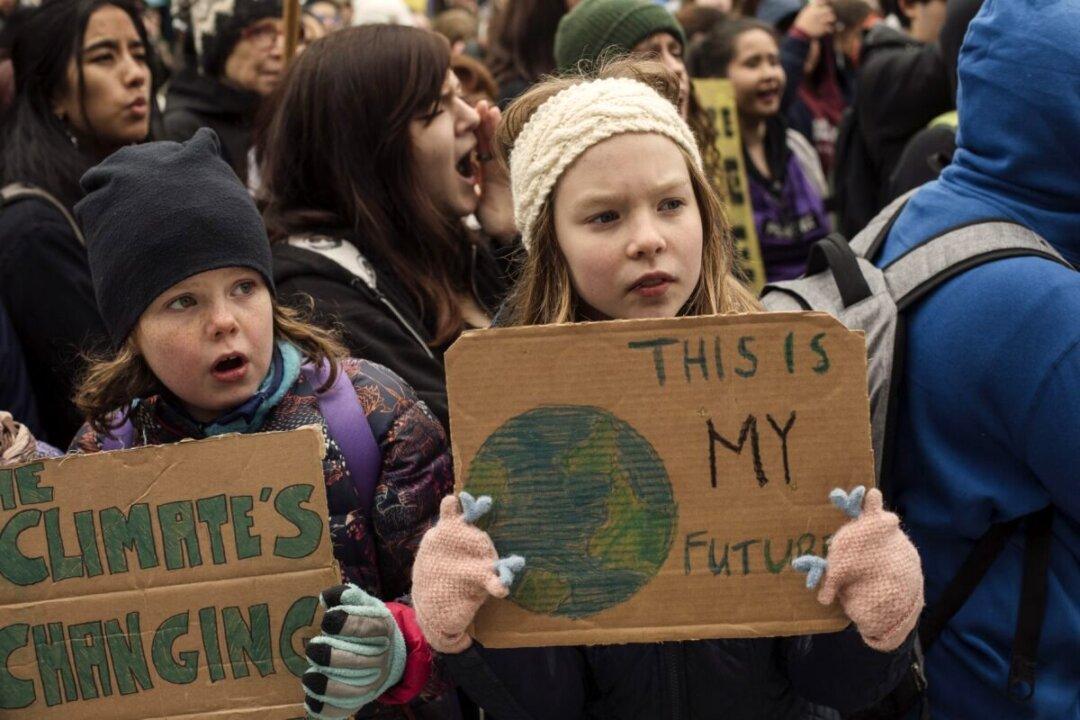Commentary
If you visit the website of any Canadian teachers’ union, you might think that all teachers reside on the far left of the political spectrum.

If you visit the website of any Canadian teachers’ union, you might think that all teachers reside on the far left of the political spectrum.